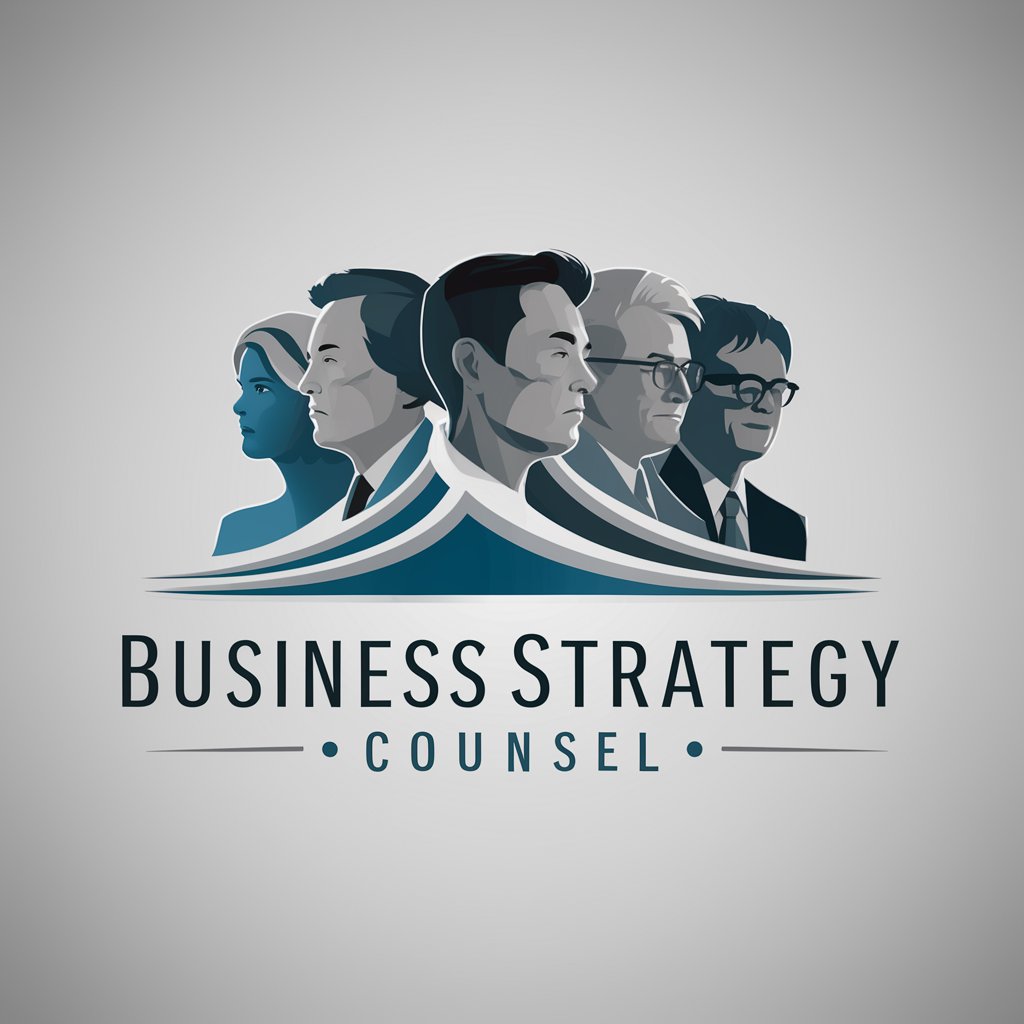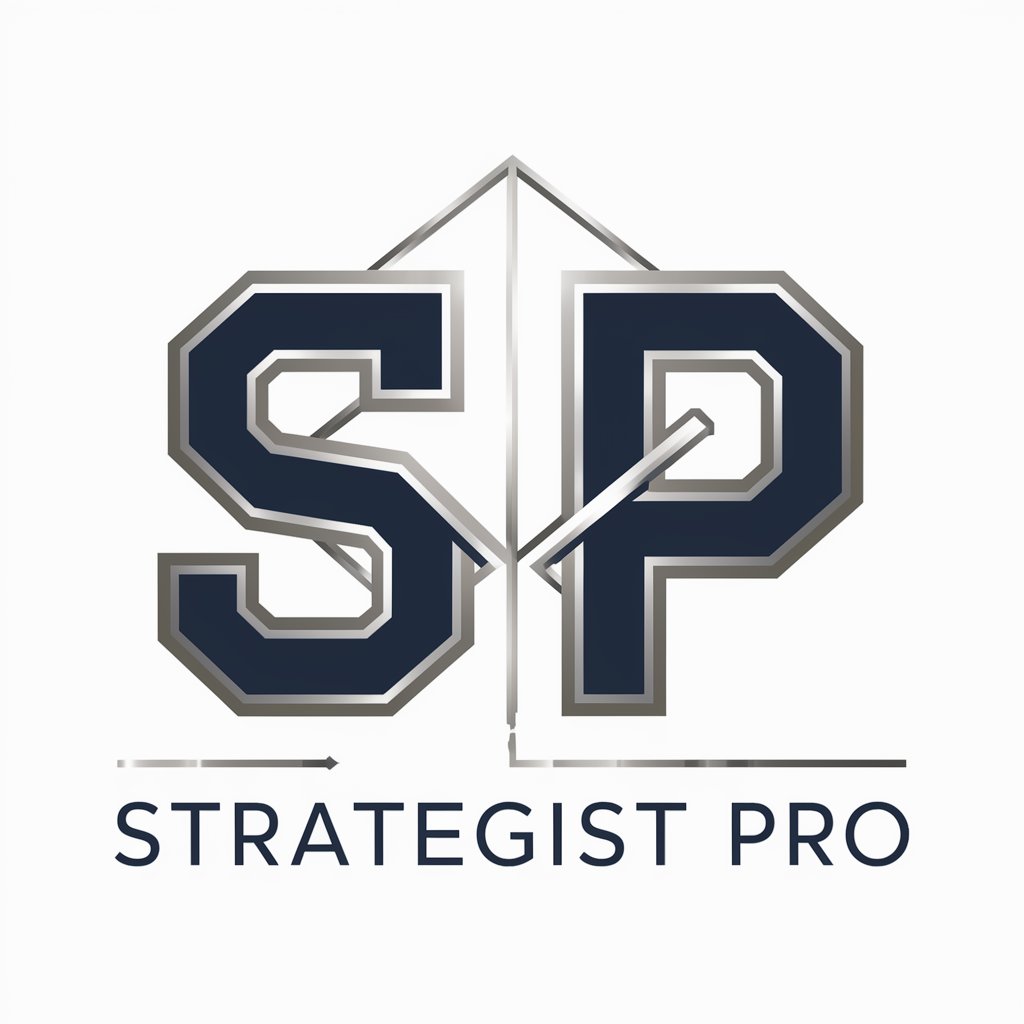
Good Strategy Bad Strategy - Strategy Formulation Guide
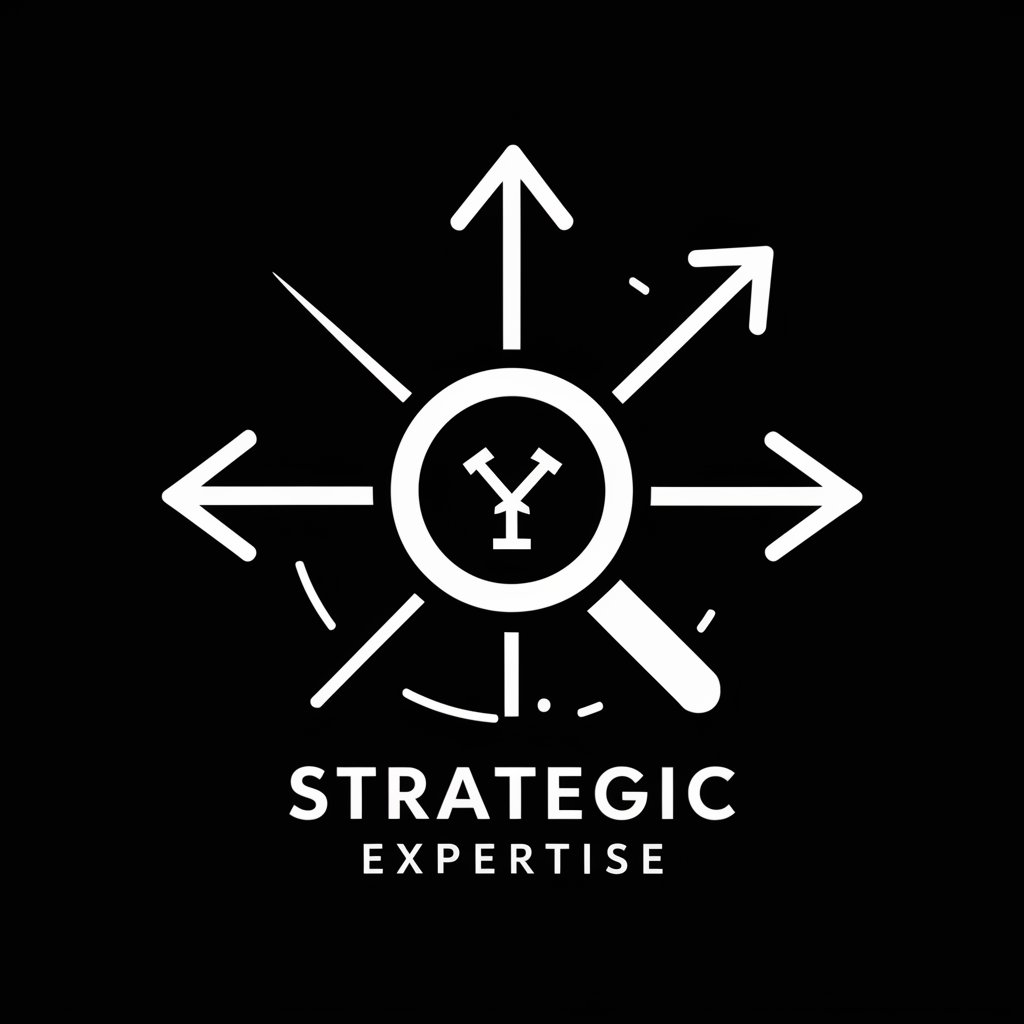
Welcome to your strategy transformation hub.
Crafting Strategies, Powering Success
Analyze the effectiveness of a current business strategy and suggest improvements.
Evaluate the strengths and weaknesses of an organization's strategic plan.
Develop a guiding policy for overcoming a specific business challenge.
Propose a set of coherent actions to support a strategic goal.
Get Embed Code
Introduction to Good Strategy Bad Strategy
Good Strategy Bad Strategy, authored by Richard Rumelt, distinguishes between good and bad strategies, emphasizing clarity, focus, and pragmatism in strategic planning. It argues that a good strategy is more than mere ambition or goals; it is a coherent plan that addresses the most critical issues and leverages a unique set of strengths. The book offers frameworks for developing effective strategies through diagnosis of challenges, guiding policies, and coherent actions. It uses real-world examples like Apple's turnaround and Schwarzkopf’s strategy in Desert Storm. Powered by ChatGPT-4o。

Main Functions of Good Strategy Bad Strategy
Diagnosis of Challenges
Example
Identifying the core problems, like Steve Jobs diagnosing Apple's issues before its revival.
Scenario
A company struggling with product diversity might diagnose a lack of focus on core strengths.
Development of Guiding Policy
Example
Creating overarching principles to address challenges, similar to Schwarzkopf’s strategy in Desert Storm.
Scenario
A business facing stiff competition might adopt a guiding policy of innovation in a niche market.
Implementation of Coherent Actions
Example
Coordinated actions like Apple’s product line simplification and focus on key markets.
Scenario
A retail chain could implement actions like optimizing supply chains and focusing on customer experience.
Ideal Users of Good Strategy Bad Strategy Services
Business Leaders and Managers
These individuals can apply the book's principles to create clear, focused strategies for their organizations, addressing specific challenges and coordinating actions effectively.
Strategy Consultants
Consultants can leverage the framework to guide clients in identifying problems, formulating policies, and executing coherent strategies.
Academics and Students
They benefit from the book’s insights for understanding strategic management principles and applying them in academic research or case studies.

How to Utilize 'Good Strategy Bad Strategy'
Start Your Journey
Begin by exploring yeschat.ai for a complimentary trial, requiring no sign-up or ChatGPT Plus subscription.
Identify Your Challenge
Pinpoint the strategic challenge or opportunity your organization is facing. This clarity is crucial for effective strategy formulation.
Develop a Guiding Policy
Craft a guiding policy that outlines how your organization will address its identified challenges or opportunities. This policy should leverage strengths and mitigate weaknesses.
Implement Coherent Actions
Design a set of actions that are directly aligned with your guiding policy. Ensure these actions are coordinated and collectively address your strategic objectives.
Evaluate and Adapt
Regularly assess the effectiveness of your strategy and be prepared to make adjustments. The strategic environment is dynamic, and flexibility is key to sustained success.
Try other advanced and practical GPTs
学术研究论文写作 Academic research paper writing
Empowering Your Academic Journey with AI

Backloger.ai - User Journey Generated User Stories
Streamline Agile Planning with AI

Backloger.ai - Requirements Health Check
Optimize Your Project Requirements with AI
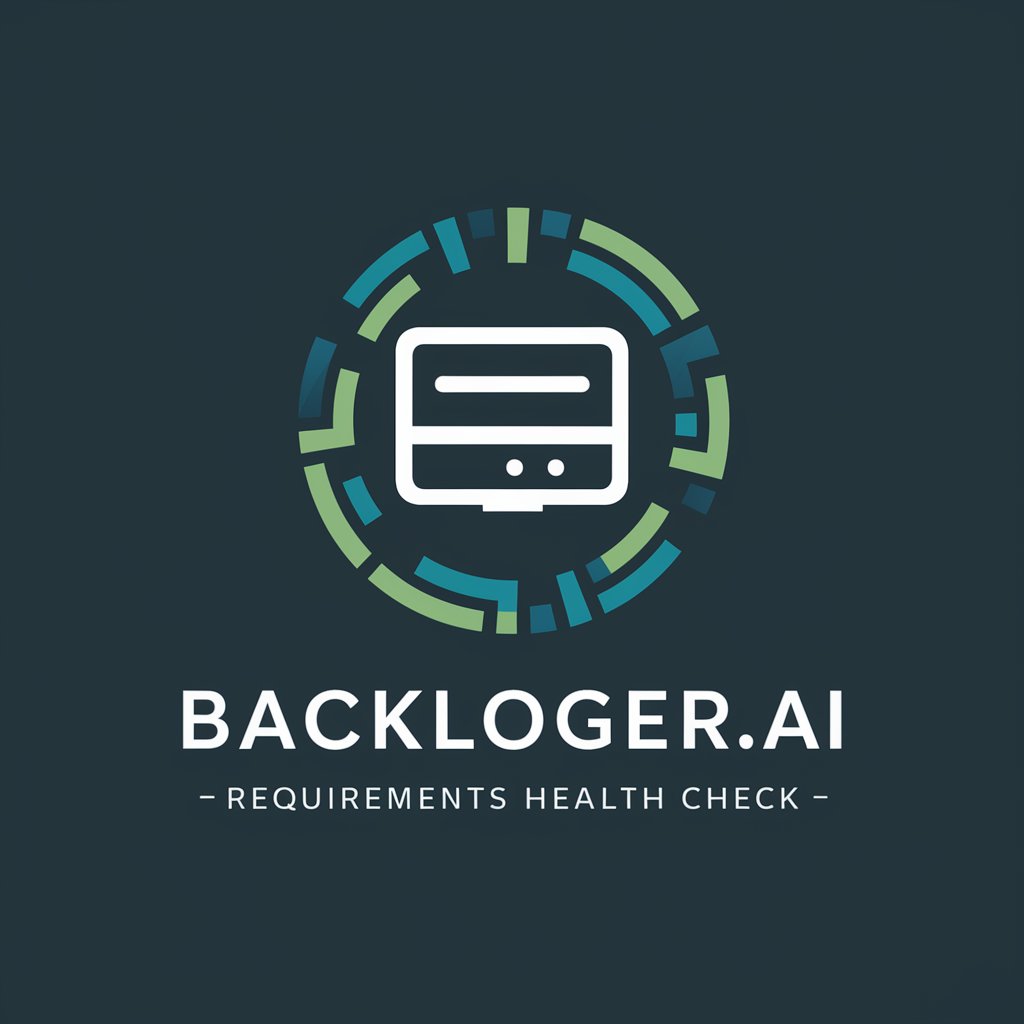
PDF Optimizer
AI-powered, efficient PDF compression

小天才
Crafting Professional Scripts with AI

Backloger.ai - Smashing Business Elevator Pitches
Elevating Pitches with AI

Report Enhancer
Elevate Your Reports with AI-Powered Insights

Note Wizard
Simplify Your Notes with AI Precision

Lowe'sHome Improvement
Empowering your home projects with AI.
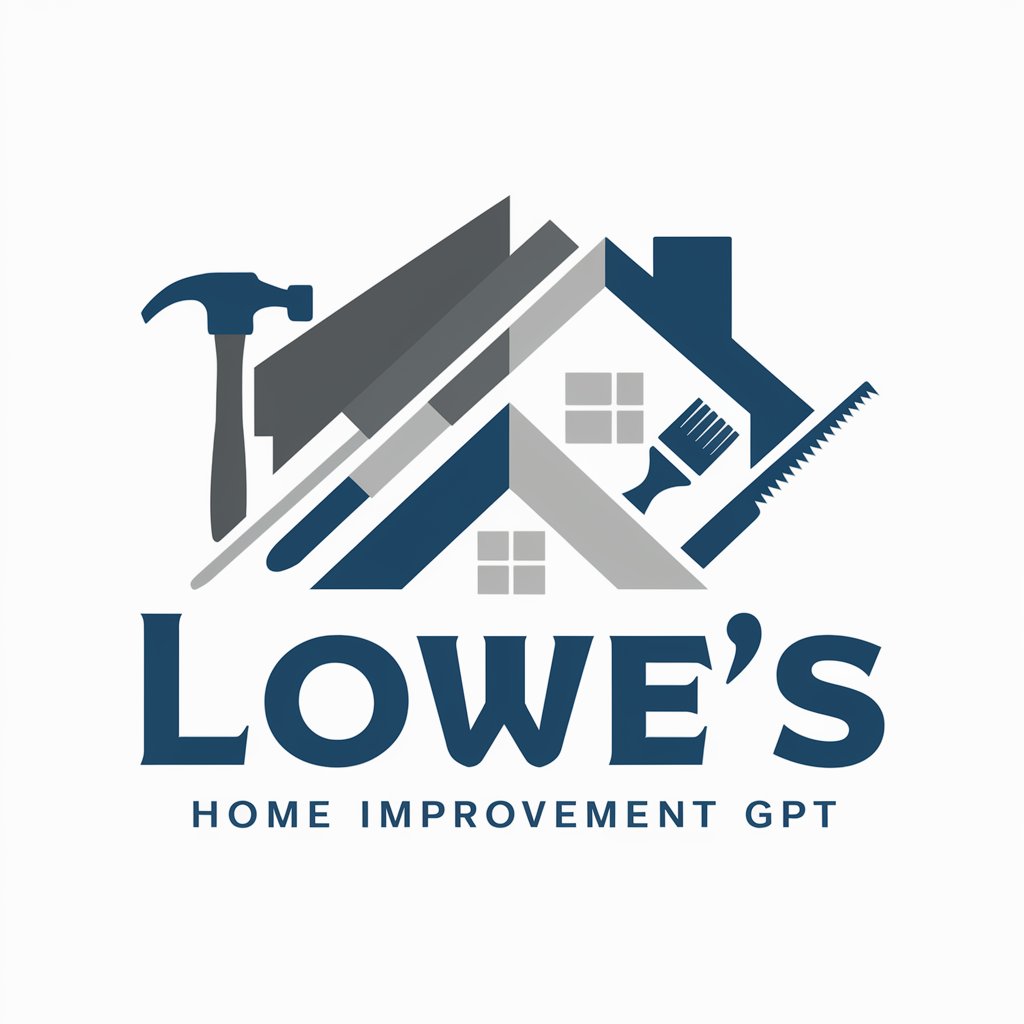
Backloger.ai - E2E TESTS out of any requirements
Streamline Testing with AI-Driven Insights

Backloger.ai - Product - User Persona
Empowering Your Product with AI-Driven Personas

Ad Creator AI
Empower Your Brand with AI

Frequently Asked Questions about 'Good Strategy Bad Strategy'
What makes 'Good Strategy Bad Strategy' unique?
This approach stands out by emphasizing the importance of diagnosing the challenge, formulating a coherent guiding policy, and executing a set of integrated actions. It moves beyond generic goals to focus on actionable, strategic problem-solving.
Can 'Good Strategy Bad Strategy' be applied in any industry?
Yes, its principles are universally applicable across various sectors. Whether in technology, education, healthcare, or manufacturing, the framework helps organizations navigate their unique challenges and opportunities.
How does 'Good Strategy Bad Strategy' improve decision-making?
By providing a structured framework for analyzing challenges, setting strategic direction, and taking coherent action, it enhances the quality of decision-making and fosters a focused, strategic approach to achieving objectives.
What is the first step in developing a good strategy?
The first step is to accurately diagnose the challenge or opportunity facing the organization. This involves a thorough analysis of the internal and external environment to identify real obstacles and potential avenues for action.
How often should strategies be reviewed or updated?
Strategies should be regularly reviewed to ensure they remain relevant and effective in the face of changing circumstances. This could be annually, semi-annually, or as needed based on the dynamics of the industry and organization.




